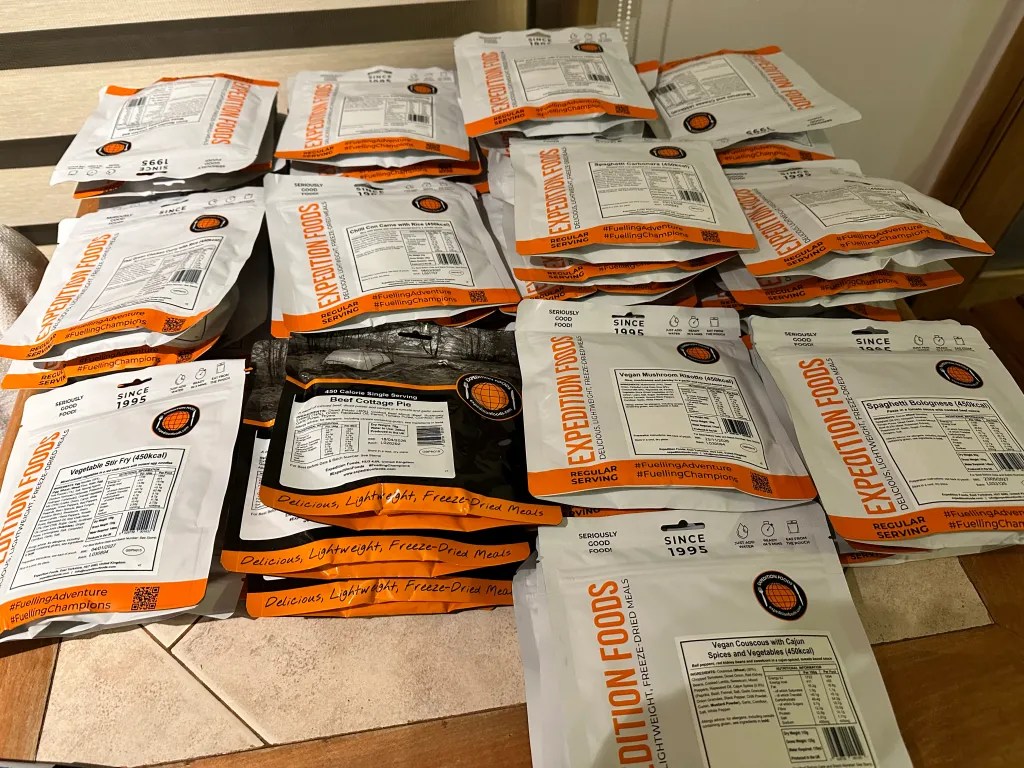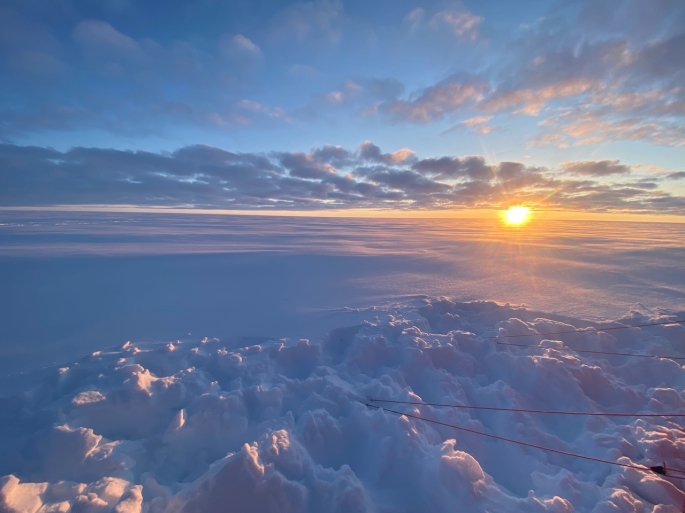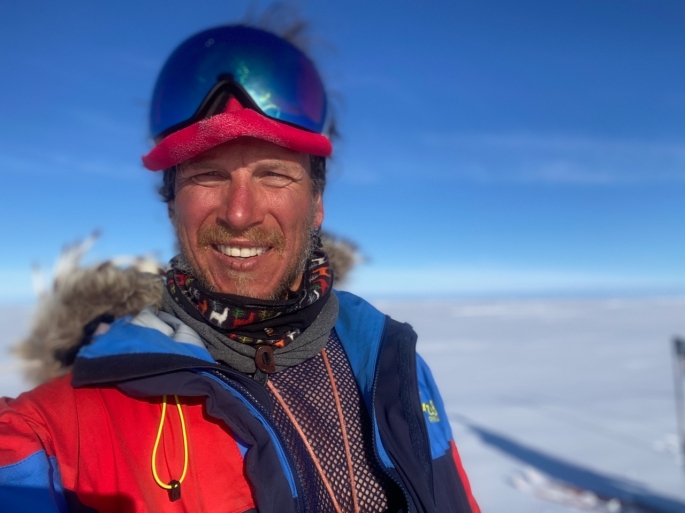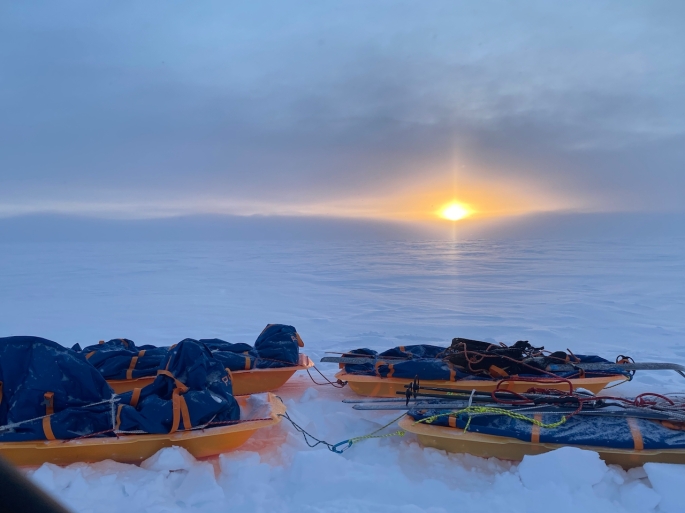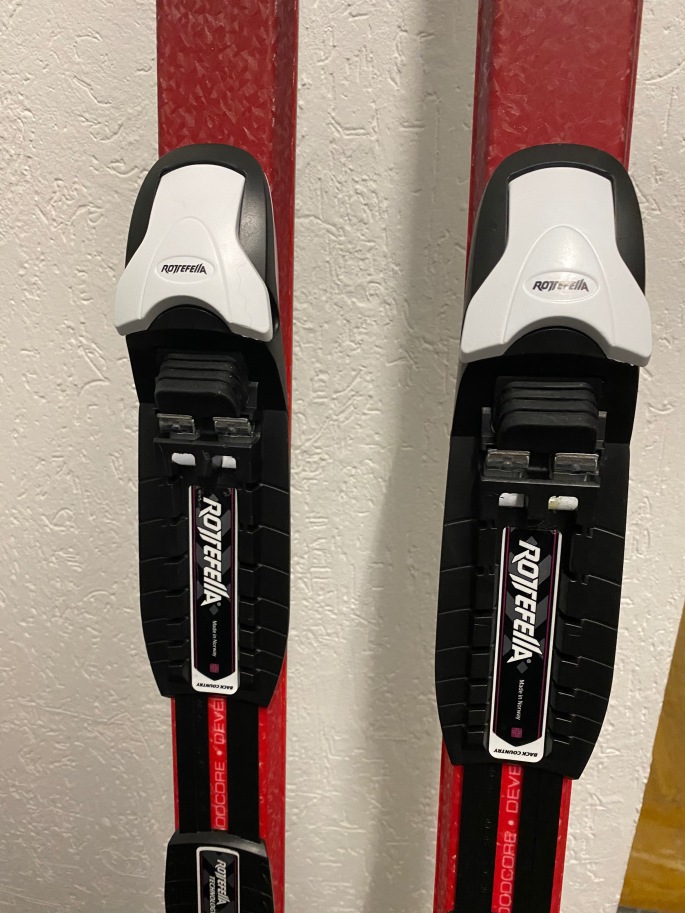The journey to Punta Arenas
It has been a long couple of weeks or so. On the 28th October, I started the journey south from Inverness, making sure to have a couple of days in Oxford and London to see friends and family before heading to Punta Arenas in Patagonia, which is my base before flying to Antarctica. The journey to Punta started on the 1st November and was reasonably smooth though not without worrying moments.
The staff of LATAM Airlines in London told me my bags would go straight through to Punta. This struck me as unusual as was flying through Santiago: normally you must collect bags at Santiago to clear customs. In Sao Paulo (where I had a 12 hour layover), a LATAM rep told me that I indeed needed to collect the bags. Talk about making life confusing! At Santiago, the bags didn’t appear.
After waiting an hour to speak with the LATAM baggage claim people, they told me they didn’t know where the bags were. But yes, they said: I needed to collect them to clear customs there. Fortunately, given another huge layover (8 hours this time), there was time for them to find them, and all was good. Alarming, but it worked out! It was nice to pick them up as well as I had left my laptop in the checked baggage (long story!) but that was there and undamaged.
Getting it all sorted
Finally, on arriving in Punta Arenas at around midday on the 3rd, I got to the hotel. I am staying at the Apartment Hotel Quillango. It is a nice place, close to the centre and with space to organise everything. Definitely needed as there was so much to organise! Antarctic Logistics & Expeditions (ALE) – the company that organises the logistics for Antarctic journeys – delivered my cargo to the hotel. The Pulk, food, skis, tent, electronics, clothing and more: everything together under one roof for the first time.
Then it was a matter of decanting 155 dehydrated dinners, lunches and breakfasts (Expedition Foods) from their pouches into lighter bags. This is a time-consuming process but it reduced the total weight by 3kg. It also means that I need not worry about accumulating residual waste in pouches after eating, which adds weight. Every kilo counts on an Antarctic expedition!
Also, I had to sort out my daily snacks of chocolate, dried fruit, nuts, protein and energy bars, cookies and crackers, and meats and cheeses, into separate bags. Buying and cooking the meats (sausages, bacon, ham, chorizo and salami) and weighing everything out into the ration packs. It all took about three days or so.
With everything now packed and organised, it’s just a matter of waiting. I was meant to fly to Antarctica on 10th November. However, a harsh winter has affected ALE’s base on the continent and delayed all expeditions. A massive amount of snow has accumulated on the runway making it impossible for large planes to land, and poor conditions are hampering the opening of the base. My flight is now set to the 13th, thought this might be delayed further. Fingers crossed I can get going soon!



